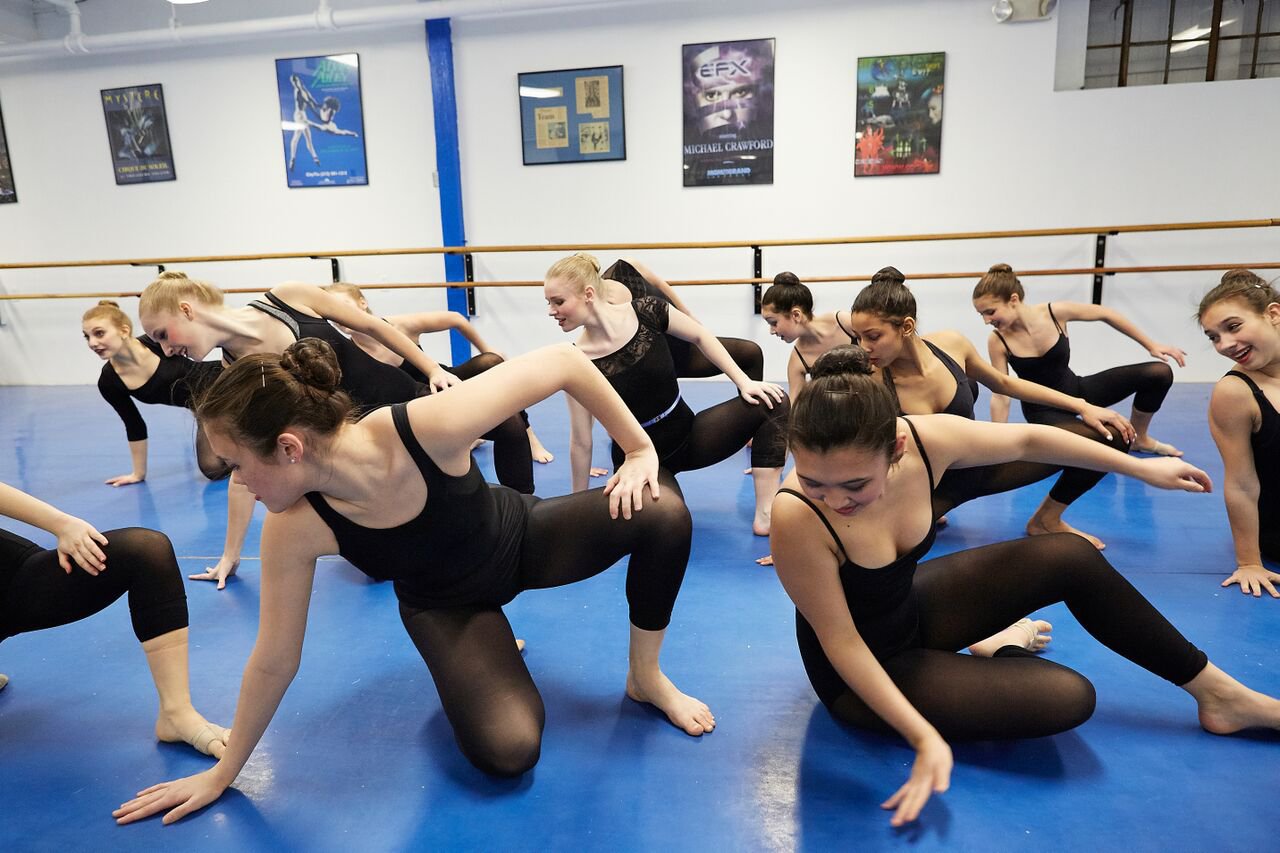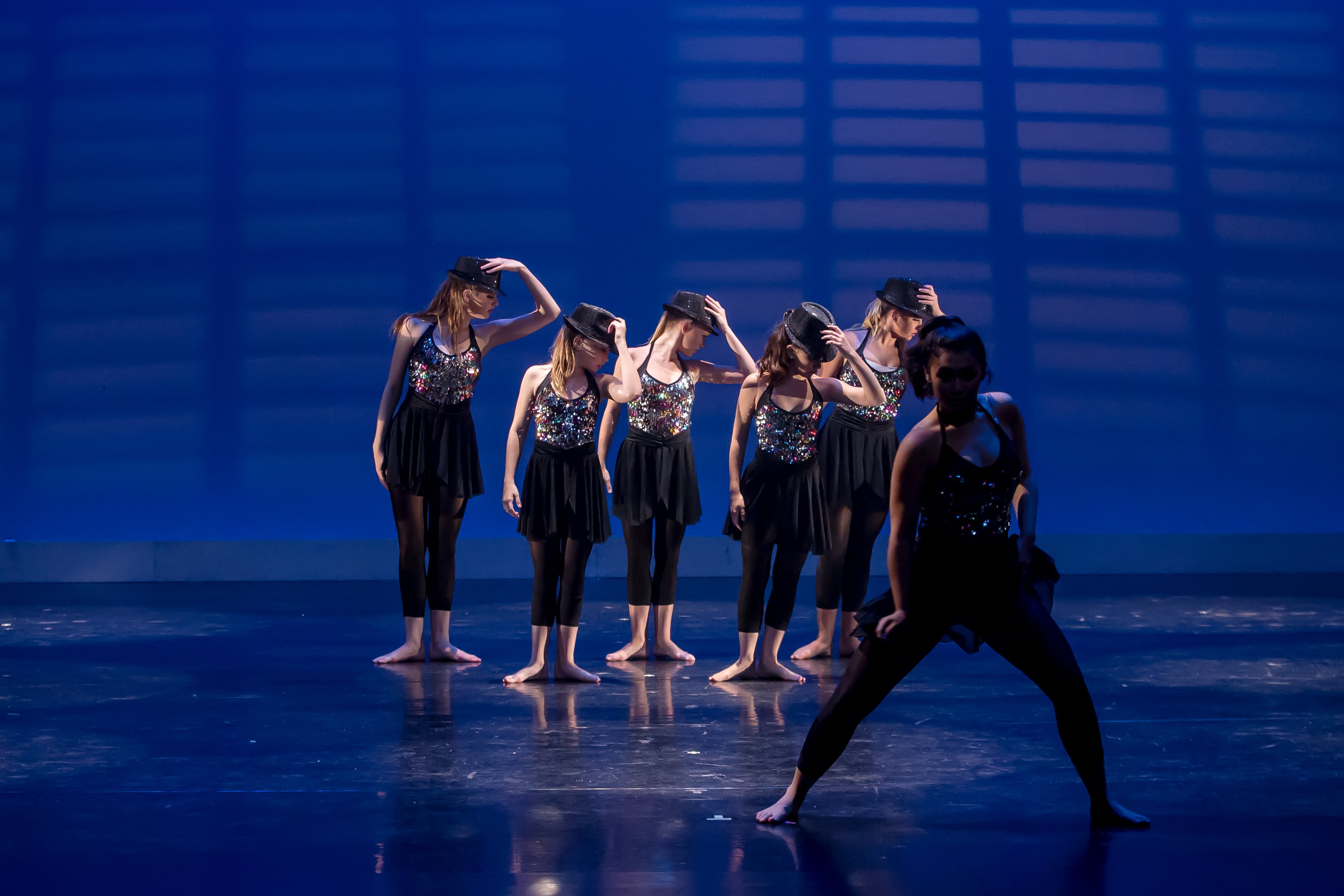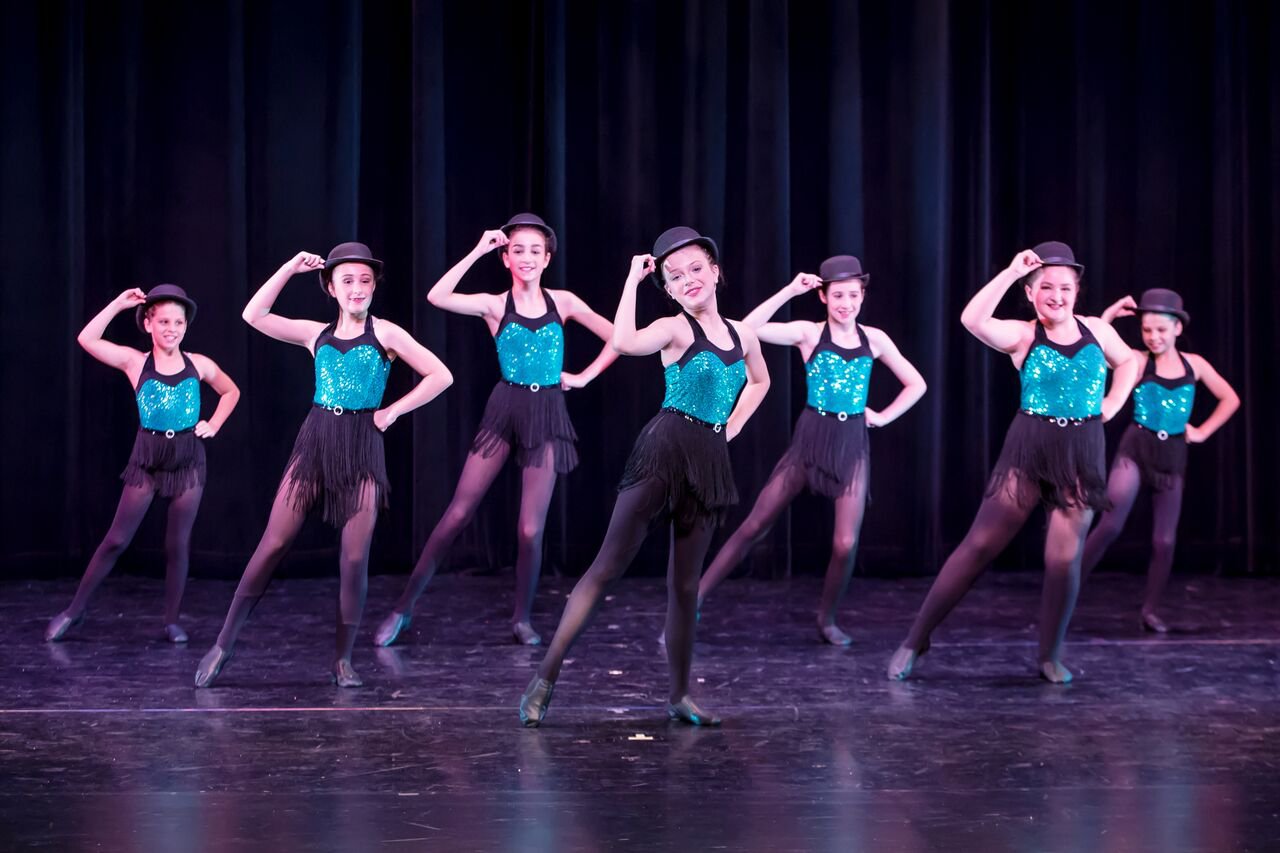When lesson planning for any class, there are infinite avenues a teacher can take to teach the genre effectively. Jazz itself, in nature, is one of those idioms where teaching the technique correctly should also be compounded with other important ‘lessons within those lessons’ to create a well-rounded dancer and performer. With influences from many other dance areas, there are endless things to teach your students when building vernacular and jazz movement profile.
Like any other class we teach however, we can get into the habit of teaching the same thing, the same way, all-year through. Below are some simple tips you can incorporate when designing your jazz classes which will spice things up, keep your dancers alert and on their toes and demonstrate there is much to the genre to be discovered and explored! It will also help you keep things varied, interesting and stylistically motivated when creating.

#1 Technique Staples: Think about your warmup. Is it thorough? Does it include all the fundamentals of Jazz technique? Are you incorporating challenging isolations? Epaulment to support core balance. Coordinating and opposing arms? Stretched arms? Deep use of plie? The use of lines, dynamic changes and varied levels? Do you change facings? Do you concentrate on seamless transitions? Do you stress musicality? Do you place emphasis of the correct use of parallel positions, preparations, turns and jazz port de bras? Do you incorporate classic jazz walks into the mix? Is the head position and focus shown importance?
Do you examine and include elements of codified techniques from Jazz Masters like, Gus Giordano, Luigi and Matt Mattox? Discuss the history and their contributions to Jazz dance?
These are all examples of things that can get your dancers really thinking during their warm-up and not “check-out” or go on autopilot. Think about throwing new arms in there or change the facing of an exercise mid-way to keep them alert and their brains working!

#2 Vary The Style & Music Choices: This leads me to my next tip. Music and style. Jazz is anything but one-dimensional. It takes its influences from ballet, African, lyrical, etc. Think about what your combinations and choreography look like week to week? Are you expanding the horizon and introducing all aspects to you students? Are you exposing your dancers to Classic Jazz? Lyrical jazz? Afro Jazz? Latin Jazz? Jazz Funk? Contemporary Jazz? Street Jazz? Etc.? Again, give thought to the stylistic nuances of the great Jazz Masters as well and think about teaching a new generation those important details.
In unison with the styles of jazz just mentioned, think about your music library and playing songs in class which may be unfamiliar to students to as well. Broaden both their movement and music vocabulary. Would an Afro-Cuban song work for a new piece of choreography? Would a Bossanova work for that lyrical or Latin Jazz piece you’re working on? Think outside of the box and expose up and comers to sounds they might not have yet been exposed to yet. Discuss who these artists are. Discuss the musical origins and how it fits into the jazz genre.

#3 Challenging Progressions: Whether we are talking about across the floor progressions, progressions we add to center warm-up or progressions we add to center combinations, the key is to keep evolving the movement. Dancers need to be challenged and in this genre, we need to teach them how to advance and mature their movement through exercises which will challenge their minds, their physicality, their coordination and their artistry. So, when you sit down to lesson plan, really give great thought about where that across the floor combination is going to go? Are you going to change up the arms? Add head position and focus change? Make the combo one long sequence which builds each time they progress across the floor? Increase the number and style of turns and connect it to a low level position? Or, maybe you are working on leaps and are focusing on progressing it with a lead-in extension?
There are a millions places you can go in jazz class. Keep it technically solid, stylistically interesting and artistically challenging. Dancers can then connect with not only the movement but the music and nuances which makes the jazz genre so incredibly diverse and fun to move to!

#4 New Center Combos: Keep dancers excited to learn new choreography with a fresh approach to center combos. As with music, continue to vary the style of the combo by giving dancers a variety including, Latin Jazz, Theatre Jazz, Jazz Funk, Contemporary Jazz, Commercial Jazz, Afro Jazz, Lyrical Jazz, etc. The more styles they learn, the more versatile a performer they will be. So let them flex their stylistic muscles by introducing them to all kinds of movement within the genre. It will also get them excited to never know what new combo they will be learning week to week!
Good luck!
See you in the dance studio,
Jess

